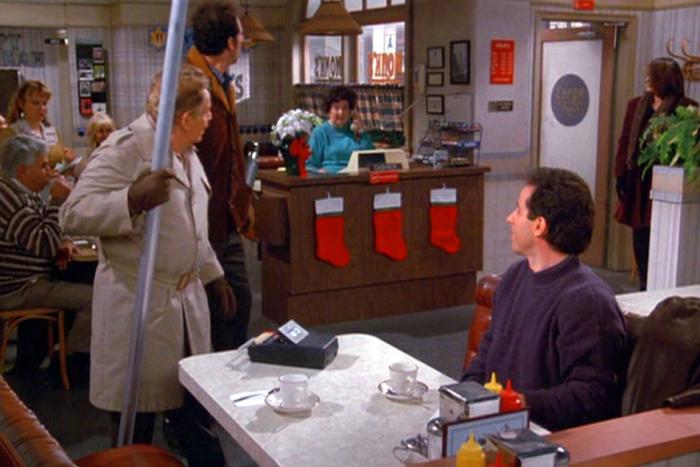“Wow, she’s so real!” That’s the sentiment it’s been impossible to escape since Jennifer Lawrence’s disarming performance at the Oscars a little while back. It’s now also being heard in relation to the alternately charming and excruciating Mila Kunis interview that has been passed around so much your grandma is probably emailing you a link to it as we speak.
So here we are at the new dawn of “post-celebrity.” Whereas once what we sought from the famous was their very preternatural unrealness, the age of participatory media has wrought something quite different: stars who are like us, stars like Lawrence do a shot when celebrating, or like Kunis, gesture toward the performed, rote nature of the whole shtick.
There is, unquestionably, something refreshing and cathartic about these glimpses behind the curtain. But in a piece on “JLaw’s” lack of pretension, Masha Tupitsyn smartly explains our affection for this candour is likely quite complicated:
Our first instinct is to interpret Lawrence’s raw personality as a break from artifice and facade, which it may very well be. But being that the nature of artifice is precisely the mystery of acting, we can never know for sure. We crave feeling the tension between acting and not-acting, honesty and dishonesty, real and fake, spontaneity and pre-mediation because it makes us see the contrivance, and by extension, the authenticity. Most importantly, it makes us believe (belief being the operative word here) that not everything is contrived, in our non-stop media culture.
Sounds almost reassuring, right? But as Tupitsyn goes on to explain, “while any industry breach is always refreshing, given our profoundly reflexive and self-conscious time, disclosure and confession can be equally perpetuating—yet another way of masking and maintaining the mask.” To wit, it’s the performance of keepin’ it real that let’s us ironically get caught up in all the very unreal world of Hollywood.
It forces us to ask ourselves: do we really want what’s real? Do we honestly want the actuality of Hollywood: the backroom deals, the business plays, the casting conversations about an actress being too fat, a leading man being too black? Who knows? It seems the answer could go in any number of directions. But let me suggest this: maybe the answer is to look to porn.
In the Daily Beast this week, porn actor Aurora Snow described how interracial scenes are porn’s last taboo. As it turns out, porn, that strangely public and private site of our collective desire, is stuck in a hierarchy of acts for a girl to do: “she should start off doing solo work, then begin shooting with girls, move on to doing nonblack men, and then go into interracial or anal.”
Now, you can tease apart the unbelievably weird dynamics of sex and race in that one idea alone for weeks. But if we gingerly sidestep those admittedly more important issues, you could look at this way: the closer a female performer gets to a viewer’s ‘true desire’—to see her do the things that deep down he most wants to—the ‘less desirable’ she becomes. Even in porn, the thing that shows you what other forms cannot, it is the very thing held back that sustains the fetish.
What that means—well, despite the fact that we still live in a really messed up society—is that realness is all part of a back and forth between relating and desiring, wanting to be just like a celebrity, or simply wishing to emulate but a fraction of their perfection. Jennifer Lawrence could very well be that guileless, and Mila Kunis that self-reflective. It doesn’t matter, because the effect is the same. What we really want is, well, a reason to keep wanting. It could be authenticity, it could be glamorous artifice, or it could be a mix of the two. The question is what it is we end up craving: these idealized mirror images of our collective desires; or the framework within which, in both senses, we are always left wanting.
--
Image: Jennifer Lawrence in Winter's Bone.






